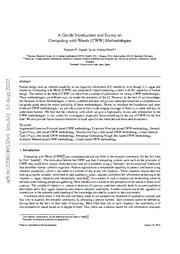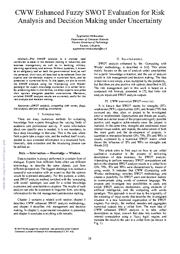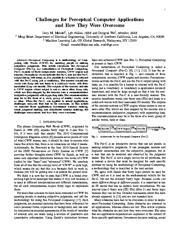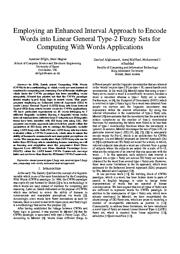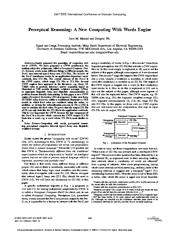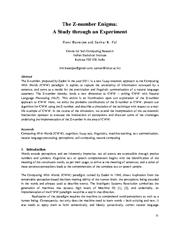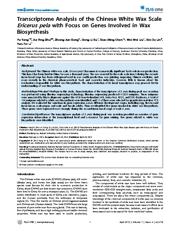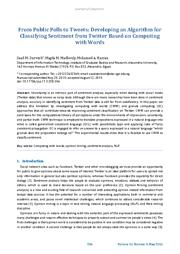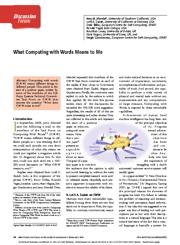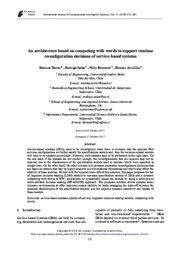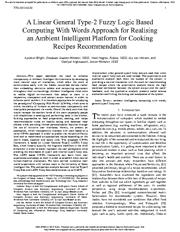Transcriptome Analysis of the Chinese White Wax Scale Ericerus pela with Focus on Genes Involved in Wax Biosynthesis
Pu Yang, Jia-Ying Zhu, Zhong-Jun Gong, Dong-Li Xu, Xiao-Ming Chen, Wei-Wei Liu, Xin-Da Lin, Yan-Fei Li, Zhanjiang Liu
2012
PLoS ONE
The wax secreted by the male scale insect during the secondinstar larval stage has been widespread used in wax candle production, wax printing, engraving, Chinese medicine, and more recently in the chemical ...
However, little is known about the mechanisms responsible for white wax biosynthesis. The characterization of its larval transcriptome may promote better understanding of wax biosynthesis. ...
The CWWS are widely distributed in most parts of China and elsewhere, Japan, and the Korean peninsula from the subtropics to temperate regions [2] . ...
doi:10.1371/journal.pone.0035719
pmid:22536429
pmcid:PMC3334986
fatcat:yw55g65wgnd4rkrd7mrk64v26i

